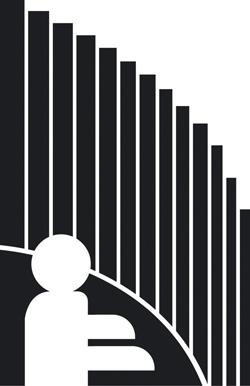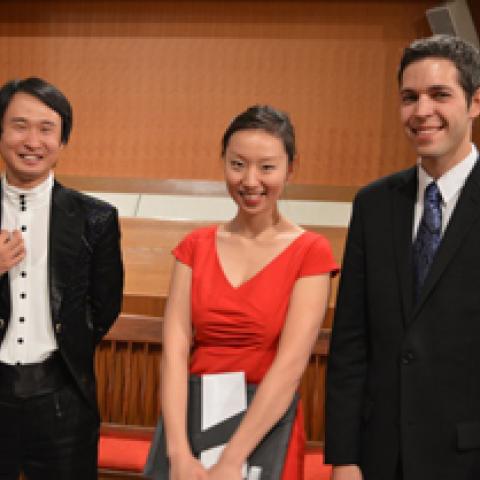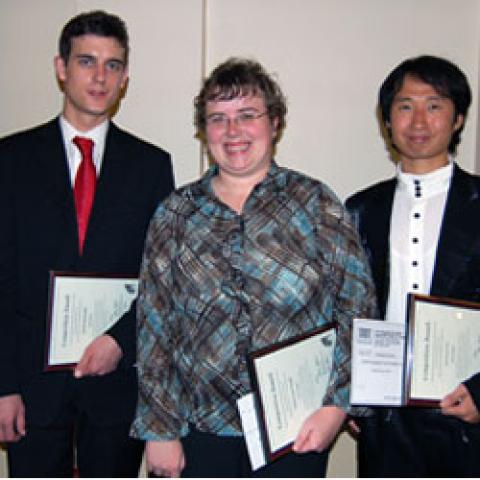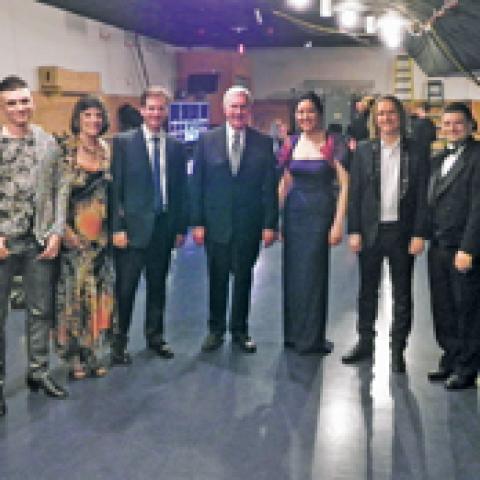
Application forms are now available for participation in the 2013 National Organ-playing Competition sponsored by the Ruth and Clarence Mader Memorial Scholarship Fund. Finalists will compete for prizes of $6,000, $4,000, and $2,000, plus transportation and lodging. The competition is organized in two phases: a recorded (CD) preliminary competition from which three finalists will be selected, and a final event presented as a concert open to the public. The competition is open to all United States residents who will be under the age of 35 on November 9, 2013. Repertoire (30 to 45 minutes playing time) must include one required work: Fanfare Prelude by Clarence Mader.
Application forms and CD recordings are due by August 1, and finalists will be selected and notified by September 1. The final competition will be held on November 9, 2013, at the Claremont United Church of Christ, Congregational, in Claremont, California. The organ is a three-manual, 77-rank instrument built in 1998 by Glatter-Götz/Rosales. Application forms and additional information may be obtained from Dr. Frances Nobert, 900 E. Harrison Avenue, #B-26/27, Pomona, CA 91767; e-mail: fnobert99organ@aol.com.
The Ruth and Clarence Mader Memorial Scholarship Fund was established in 1971 to honor the memory of the two Southern California artists. In addition to sponsoring organ-playing competitions, the fund has engaged in various projects related to the pipe organ, including commissioning organ compositions and funding organ-related research.





